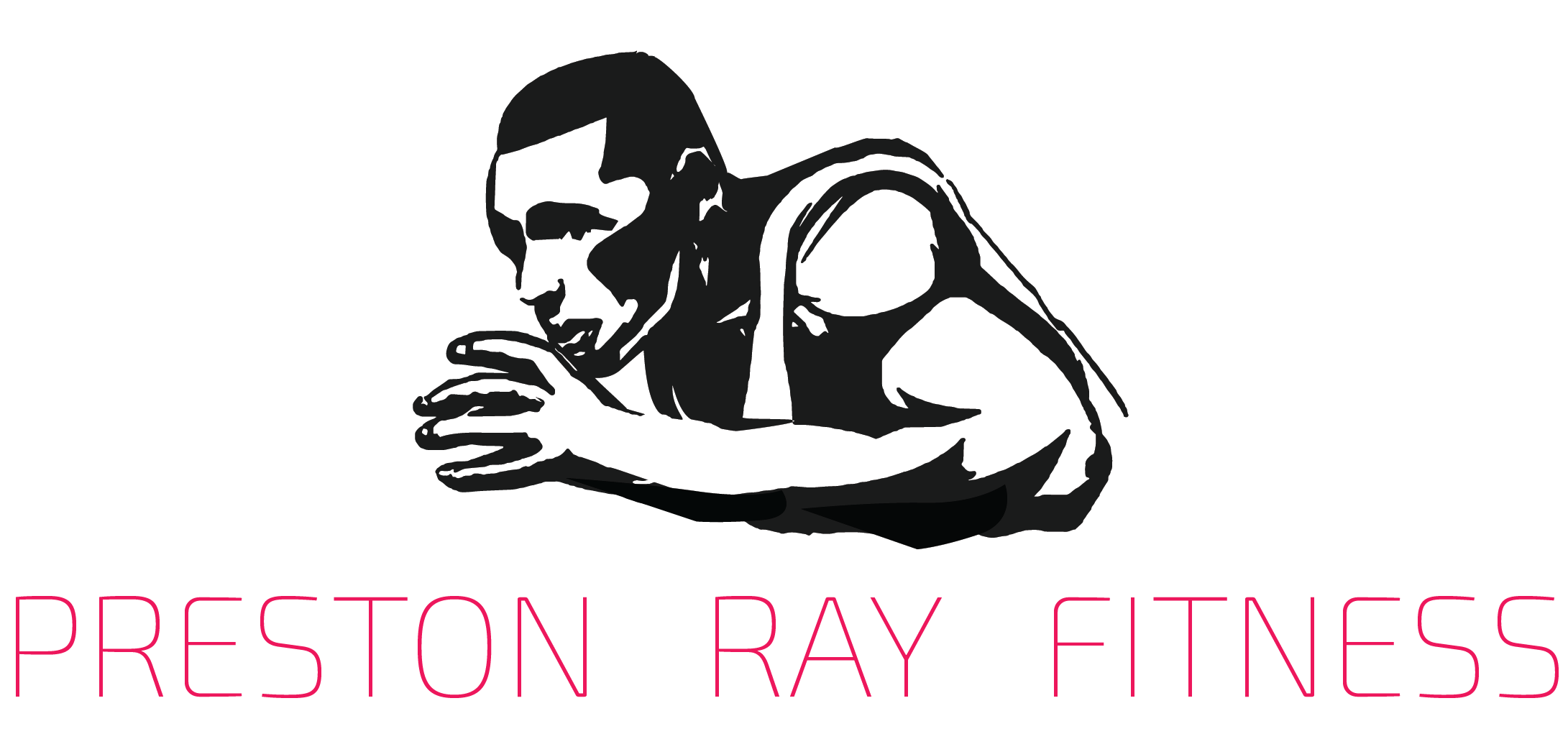Have you ever considered why you might not be physically creating the strength gains or “look” you desire? Chances are it’s because there are multiple methods of strength training, and the one you’re using may not be science based.
Research science factors in not only muscular adaptations but neural and connective tissue adaptations as well. These factors along with hormonal, cardiovascular and respiratory responses are all pieces of the strength puzzle that must be taken into consideration.
When it’s all said and done there’s just too much information for one to fully comprehend without a little help. Therefore, stop wasting time with trial and error and use the following three science-based methods to get results easily and effectively.
1: Muscle Endurance
This style of training will help you build your muscle endurance by having you do repeated contractions against a force for an extended period of time. Think bodyweight training exercises — like pushups — to fatigue, with little rest between sets. It can also consist of using dumbbells for exercises such as squats or lunges done with low intensity and high reps. If you’re new to strength training, or have been away for 6 months or more, this will help you build your muscle endurance before moving on to high intensity and low reps.
2: Hypertrophy (aka Muscular Strength)
Hypertrophy is a fancy word used to describe a muscle that has grown because the cross-sectional area (CSA) has been enlarged. And in order to make this happen, you should be doing 8-12 reps using 75-85% of the maximum weight you could lift once. In strength training, we call this your one repetition maximum, or 1RM. (Your 1RM should be determined with the assistance of a certified personal trainer.) Therefore, it is very important that you know your 1 rep max because otherwise you may not be giving your body the stimulus or stress necessary to cause adaptation. And by failing to do so you will not change the shape of your body. No stimulus. No stress. No adaptation. No change.
3: Muscular Power
“Muscular Power” is used to describe the way you train when you are relying on increased muscle recruitment to bring about strength gains. Increased muscle recruitment does not increase muscle cross sectional area like hypertrophy. It demands your body to call on nearly every muscle you have to lift the weight or mass. And the only way to do this is to lift 90-95% of your 1RM. You should only be able to lift the weight 1-3 times only. Any more than that and you probably aren’t lifting in the power range.
Yours in strength,
Preston


Recent Comments